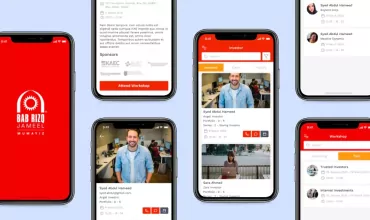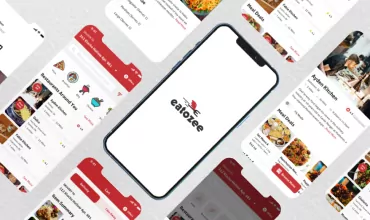Responsive Web Design that Sells

Table of Contents
A responsive web design is here to stay; and now the competition among companies with a responsive website has moved to the next level. In the wake of surging number of mobile-friendly websites, only websites that have rich and user-friendly interface followed by seamless functionality would draw attention of users.
Here are some effective design solutions that can fetch and clinch more people toward any business websites:
- Use prototyping software
Various prototyping software solutions enable designers to make use of media queries along with setting breakpoints within the program. Designers can readily create layouts for tablets and mobiles with the help of such software. - Apply ‘Mobile-first’ strategy
This strategy has no connection with a definition of a responsive web design. Here, ‘mobile-first’ strategy denotes that a designer should build a design keeping mobile displays in mind. After developing a mobile site, a designer can scale it up to make the tablet and desktop designs. - Focus on navigation
Navigation can make or mar any responsive websites. Every navigational menu must be included in a simple menu of the screen providing the site has two to three menus. Additional (more than three) elements should be opened through a single icon with a drop down menu. - Concentrate on look and feel
Some developers prefer to build the interface before initiating coding. This strategy allows them to ascertain both look and feel of the website. Just an example: It is necessary to make buttons large enough while building a layout of a mobile website. Two buttons with opposite action should have proper distance and different colors. Also, simple but functional design can do wonders when it comes to a responsive site. - Use different software programs
GoMobi and Adobe Dreamweaver are useful for customized mobile and web layouts respectively. It is necessary to use different software programs to address the competitive scenario and give an edge to the clients over their peers. - Use limited text and parallax scrolling
When it comes to a mobile-friendly website, it is better to give only the necessary text because a text-rich website is welcomed on desktops rather than on mobile devices. Long scrolling pages can averse the smartphone users. Also, the developers should implement a parallax scrolling technique to facilitate mobile users to go through the website. - Take care of design and design standards
The designers need to follow Google design standards for attracting and engaging more users. A mobile website with pages loading quickly can draw the attention of many smartphone users. Also, clean design is especially important for the responsive website. Removal of all the non-essential stuff enables the developers to improve page loading time significantly. - Stay updated
Whether it is testing of codes or integration of the latest features as per the business requirements, developers need to stay updated with the technological advancements. A responsive website with regular updates can maintain a high ranking on SERPs with improved visibility. - Emphasize on images and graphics
All the mobile websites have one thing in common: more images and less text. A mobile site with cleverly integrated images and graphics can attract more people as compared to the text-rich site.
That’s it for now! These tips and tricks can certainly help design processes to remain more customer-friendly and enable companies to come up with more efficient, responsive website.



